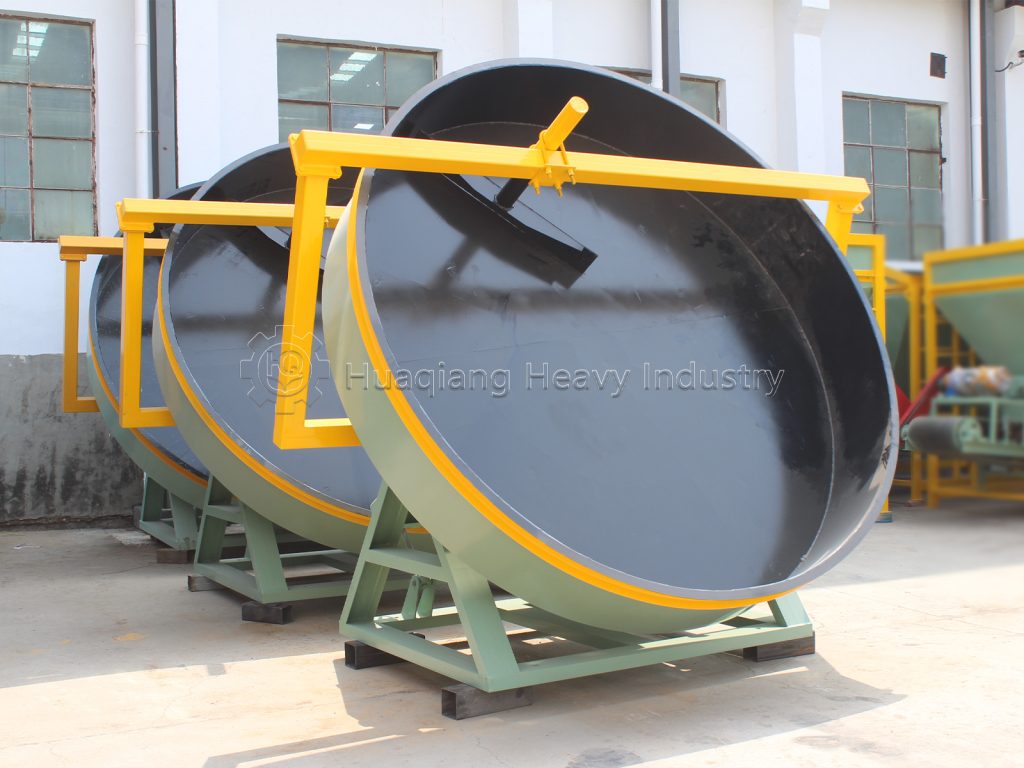Disc granulators are widely used in organic fertilizer production lines due to their advantages, such as uniform granulation and low cost. However, in actual operation, they are susceptible to various factors, leading to various problems that affect production efficiency and product quality.

Improper control of raw material moisture is a primary challenge. If the moisture content is too high, the raw material will easily clump on the inner wall of the disc, forming large, adhered masses. This not only prevents proper granulation but also increases the difficulty of equipment cleaning. If the moisture content is too low, the raw material will have poor flowability, making it difficult to agglomerate into granules, resulting in loose and easily broken granules. To address this issue, precise control of the raw material moisture content using a moisture meter before granulation is required. Typically, the moisture content is maintained at a stable level of 25%-35%. If the moisture content is not within this range, it should be adjusted promptly using a dryer or humidifier.
Improper disc inclination and rotation speed can also cause problems. If the inclination angle is too large, the raw materials will stay in the disc too short, causing the particles to be discharged before they have time to fully round, resulting in irregularly shaped finished particles. If the inclination angle is too small, the raw materials will pile up, easily causing “sticking” and affecting normal equipment operation. Excessive rotational speed will subject the raw materials to excessive centrifugal force, preventing effective agglomeration. Too slow rotational speed will significantly reduce granulation efficiency. Generally, the disc inclination angle should be adjusted to 35°-45° and the rotational speed to 15-20 rpm, depending on the raw material characteristics. These parameters should be gradually optimized through trial production.
In addition, uneven mixing of raw materials can also affect granulation performance. If the organic raw materials and auxiliary materials are not fully mixed, nutrient imbalances in certain areas can lead to poor granulation quality and uneven particle size. This requires the use of high-efficiency mixing equipment before granulation to ensure that the raw materials are mixed uniformly to a level above 90%. Regular inspection of the mixing blades of the mixing equipment should also be performed to prevent blade wear that may reduce mixing efficiency.
In response to these common problems, a complete inspection mechanism needs to be established during production, and the operating status of the equipment and raw material indicators should be checked regularly, and the process parameters should be adjusted in time to ensure the stable operation of the disc granulator and improve the quality of the finished organic fertilizer.